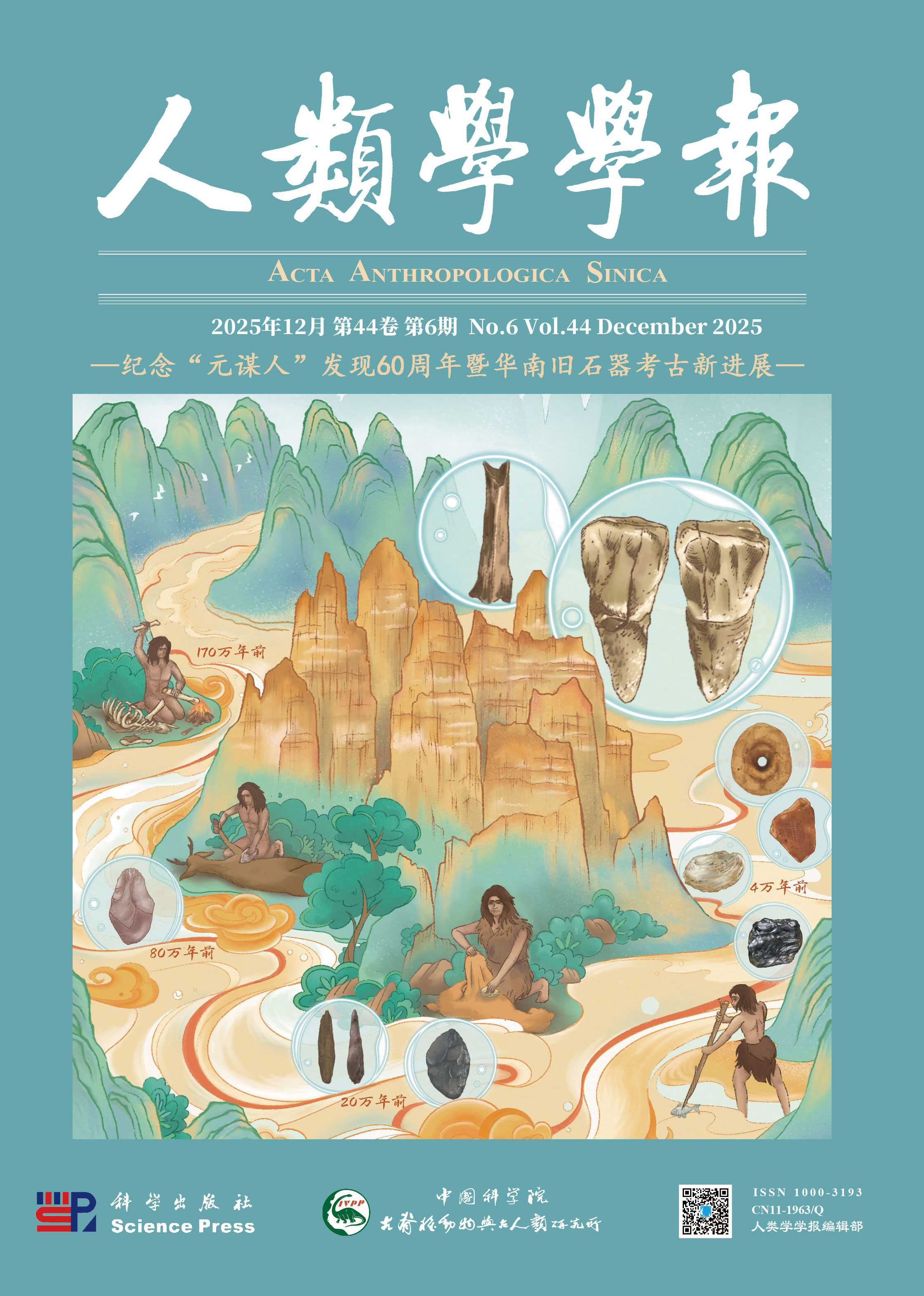This article focuses on the identification and further analysis of the faunal remains unearthed from the Muzhuzhuliang site at Shenmu city in Shaanxi Province in 2011. All these faunal remains were collected scientifically according to the archaeological units and were carefully classified, measured and identified. The results of sorting and analysis of these remains indicate that there are at least 26 species including Pelodiscus sp., Accipiter sp., Aquila sp., pheasants, owl, Myospalax fontanieri, Rattus norvegicus, rabbits, foxes, wolf, dogs, raccoon dog, tiger, yellow weasel, badger, Equus ovodovi, wild ass, wild pigs, domestic pigs, camels, red deers, roe deer, cattles, Gazella subgutturosa, goat and sheep. In particular, the discovery of Equus ovodovi, the latest extinct species of equidae. In particular, they found Equus, an extinct equine species that is late and southward in the present era. The analysis of these faunal remains indicates that the large-scale grasslands and some forest present around the site. They depended on animal husbandry for their livelihood, at the same time, farming and hunting were engaged.









